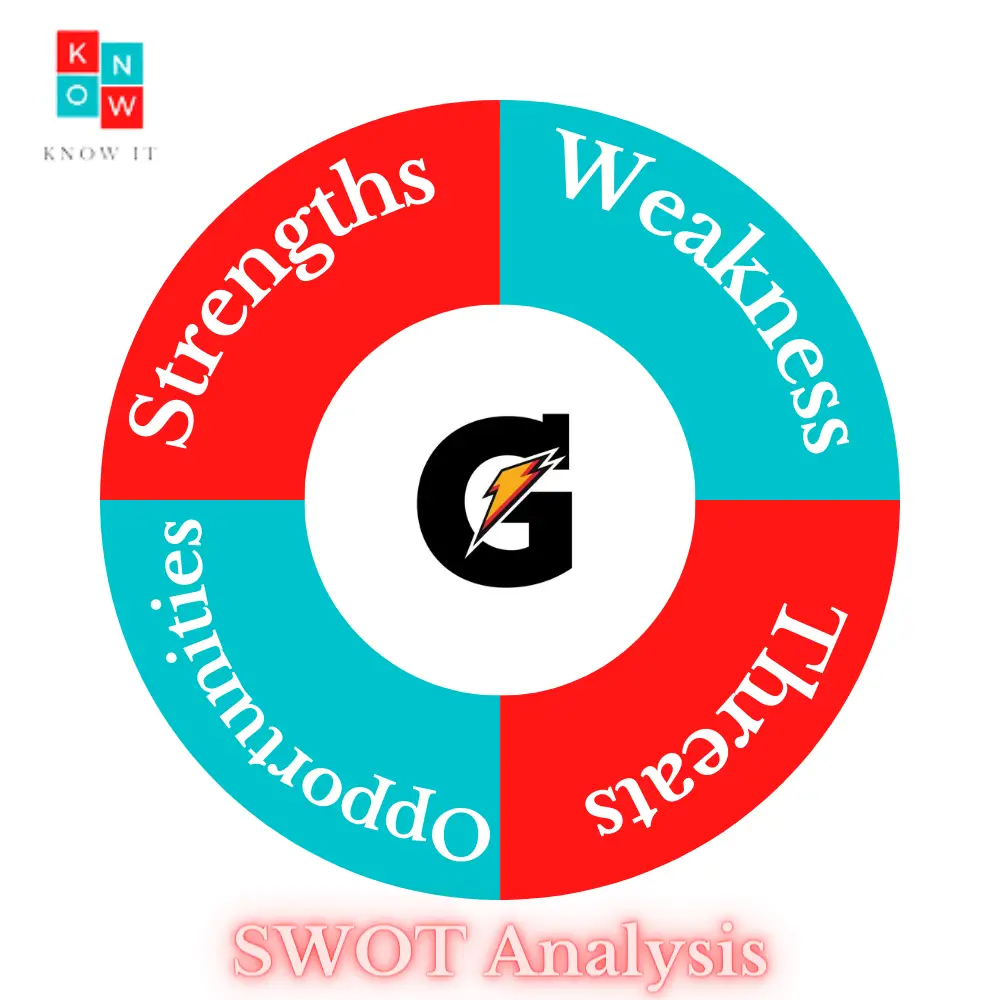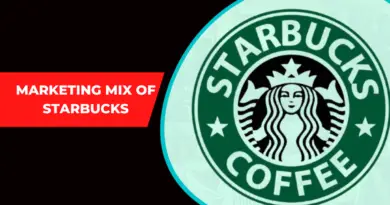SWOT Analysis of Gatorade: Examining its Strengths, Weaknesses, Opportunities, and Threats
Gatorade, a popular sports drink, has become synonymous with hydration and athletic performance. In this blog, we will conduct a SWOT analysis of Gatorade to assess its key strengths, weaknesses, opportunities, and threats in the market.
SWOT Analysis of Gatorade

Strengths
Brand Recognition: Gatorade enjoys high brand awareness and recognition among athletes and sports enthusiasts globally. It has established itself as a trusted and reliable brand for hydration and energy replenishment during physical activities.
Wide Product Range: Gatorade offers a diverse range of products, including Gatorade Thirst Quencher, Gatorade Zero, Gatorade Energy Chews, and Gatorade Protein Bars. This allows the brand to cater to different consumer preferences and needs.
Sponsorship and Partnerships: Gatorade has successfully established partnerships with major sports leagues, teams, and athletes. This helps strengthen the brand’s association with sports and creates opportunities for targeted marketing and endorsement campaigns.
Weaknesses
High Competition: Gatorade faces intense competition from other sports drink brands like Powerade, BodyArmor, and various private label alternatives. This competition puts pressure on Gatorade to continuously innovate and differentiate itself from its rivals.
Limited Market Reach: Although Gatorade has a strong presence in many countries, it still faces challenges in penetrating certain markets. Cultural preferences, local competitors, and distribution limitations can hinder its growth in some regions.
Opportunities
Growing Health and Wellness Trend: With increasing consumer awareness about health and wellness, Gatorade can capitalize on this opportunity by expanding its product line to include healthier and more natural options. This could attract health-conscious consumers who prioritize clean ingredients and lower sugar content.
Expansion into New Markets: Gatorade can explore untapped markets, especially in emerging economies, where the demand for sports drinks is on the rise. By adopting localization strategies and understanding local consumer preferences, Gatorade can expand its global footprint.
Product Innovation: Continuous product innovation, such as introducing new flavors, formats, or functional benefits, can help Gatorade stay ahead of the competition and maintain its relevance in a dynamic market. This includes targeting niche segments like e-sports athletes or active older adults.
Threats
Health Concerns: Increased scrutiny on the sugar content and artificial ingredients in sports drinks poses a threat to Gatorade. Consumers are becoming more health-conscious and may opt for healthier alternatives or shift towards natural hydration options.
Regulatory Changes: Changes in regulations regarding labeling, advertising, or ingredients in the sports drink industry can impact Gatorade’s marketing strategies and product formulations. Compliance with evolving regulations is crucial to avoid potential setbacks.
Shift in Consumer Preferences: If consumer preferences change towards alternative hydration methods or sports drinks with different benefits, Gatorade could experience a decline in demand. Adapting to evolving consumer trends and preferences is essential to mitigate this threat.
Conclusion
Despite facing competition and potential challenges, Gatorade remains a dominant player in the sports drink market. By leveraging its strengths, addressing weaknesses, capitalizing on opportunities, and proactively managing threats, Gatorade can maintain its position as a trusted brand in the industry. Continuous innovation, strategic partnerships, and a focus on consumer needs will be key to sustaining its success in the dynamic sports drink market.



